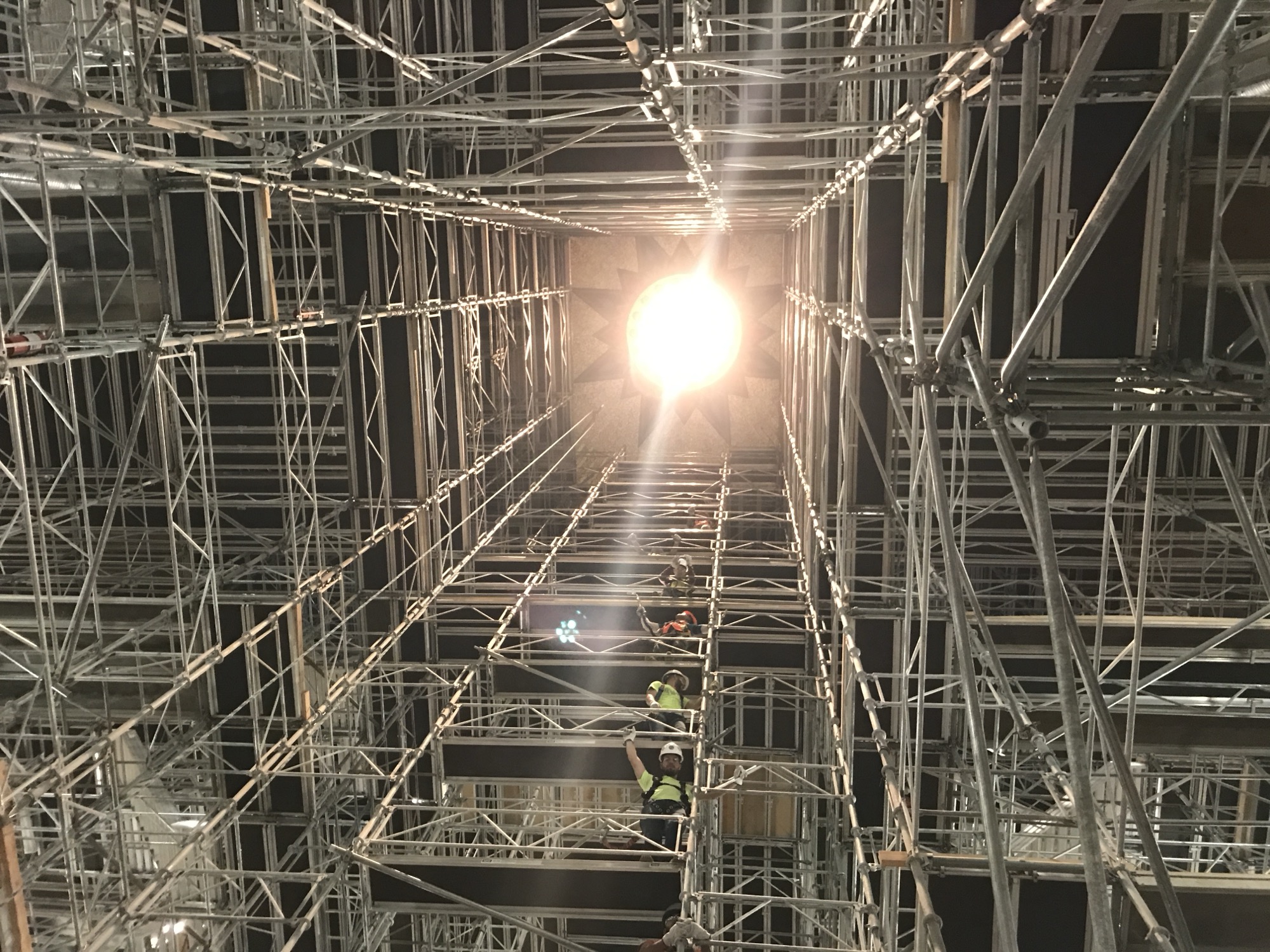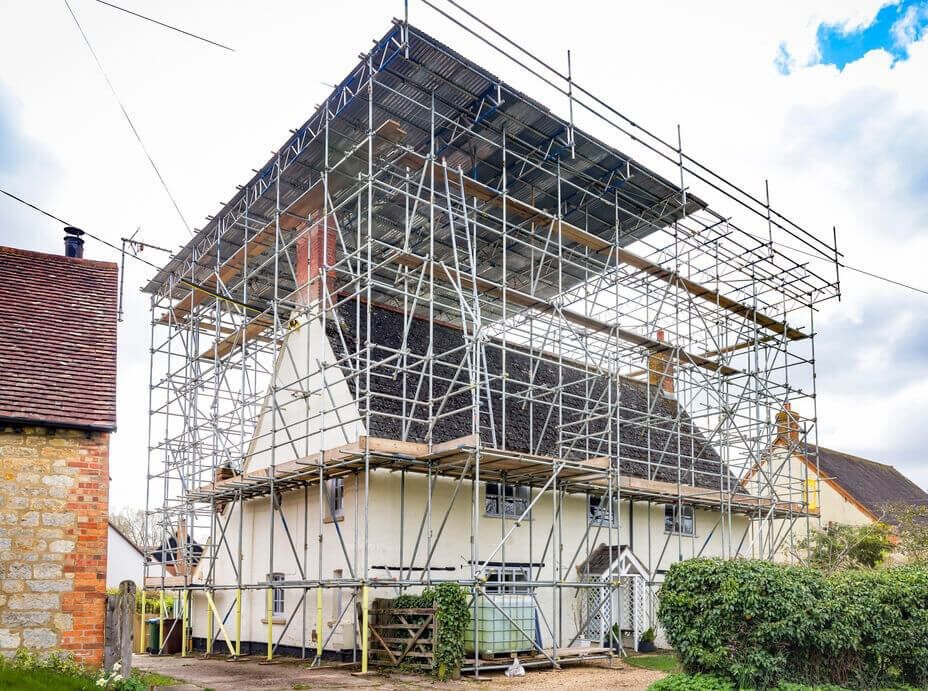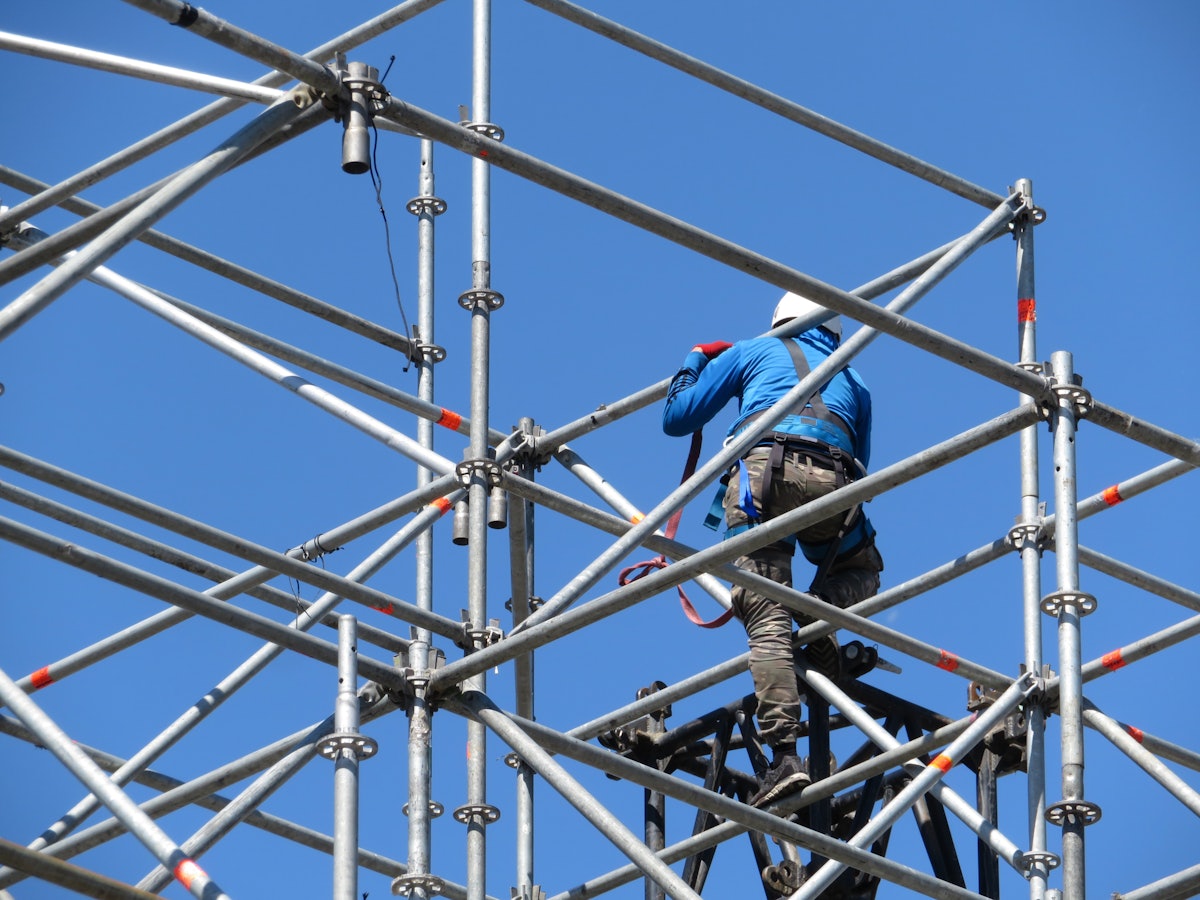Checking Out the Various Kinds Of Scaffolding Utilized in Building Jobs
The construction sector counts greatly on different types of scaffolding to satisfy particular job demands, each offering distinctive benefits and applications. Typical structure scaffolding offers a tough foundation for general tasks, while put on hold scaffolding is important for work on skyscraper structures.

Conventional Framework Scaffolding
Typical frame scaffolding is just one of the most commonly made use of methods in the construction sector as a result of its toughness and versatility. This system contains upright and horizontal structures that are put together to produce a steady platform for products and employees. The primary elements consist of vertical messages, horizontal journals, and angled dental braces, which together offer a solid structure that can sustain substantial tons.
One of the essential benefits of traditional framework scaffolding is its adaptability to different building and construction tasks, ranging from domestic buildings to huge industrial frameworks. The modular design enables easy assembly and disassembly, making it efficient for both short-term and lasting jobs. Furthermore, the system can be customized in elevation and width, suiting various structure layouts and website conditions.
Safety is paramount in scaffolding applications, and conventional frame systems are outfitted with guardrails and toe boards to avoid falls and ensure worker protection. Moreover, routine assessments and adherence to safety and security laws are essential in preserving the integrity of the scaffold. In general, standard structure scaffolding remains an essential option in the building market, offering a dependable system for labor and boosting overall job performance

Suspended Scaffolding
Suspended scaffolding offers a special solution for construction tasks that require accessibility to raised surface areas, especially in situations where standard frame scaffolding might be not practical. This kind of scaffolding is usually put on hold from the roofing system or upper levels of a structure, utilizing a system of ropes, platforms, and pulley-blocks to produce a functioning area that can be adapted to different elevations.
One of the key benefits of put on hold scaffolding is its versatility. It can be quickly repositioned or lowered to accommodate changes in building demands, making it perfect for jobs such as home window installment, façade job, and maintenance on skyscrapers. Additionally, the minimal footprint of suspended scaffolding permits for far better use ground area in city atmospheres, where room is typically limited.
Security is an essential factor to consider in the use of put on hold scaffolding. Generally, put on hold scaffolding provides a reliable and efficient remedy for accessing hard-to-reach locations in different building and construction scenarios, improving both performance and safety and security on site.
System Scaffolding
System scaffolding, frequently considered a modern solution in the scaffolding sector, contains pre-engineered components that can be promptly set up and adjusted for numerous building and construction jobs. Scaffolding. This sort of scaffolding is characterized by its modular design, which allows for adaptability and effectiveness on job websites, accommodating various elevations and structural requirements
Generally made from high-strength steel or light weight aluminum, system scaffolding supplies boosted durability and stability. The components consist of upright blog posts, straight ledgers, and diagonal dental braces, which adjoin securely, guaranteeing a durable structure. The design typically incorporates standard installations, simplifying setting up and disassembly procedures, thereby lowering labor time and expenses.

Rolling Scaffolding
Rolling scaffolding is a flexible option to traditional fixed scaffolding, made for mobility and ease of use on building websites. This type of scaffolding consists of a platform supported by frameworks with wheels, enabling employees to easily move it as needed. The mobility function substantially boosts productivity, as it decreases downtime connected with setting up and disassembling dealt with scaffolding.
Typically built from light-weight products such as aluminum or steel, rolling scaffolding provides a tough yet portable option for projects calling for frequent repositioning - Scaffolding. It is specifically useful in tasks such as painting, drywall setup, and electrical job, where published here access to different elevations and locations is needed
Safety and security is paramount in rolling scaffolding layout, with functions such as securing wheels to avoid unintentional activity when being used, and guardrails to protect workers from drops. Furthermore, numerous versions are flexible in height, suiting numerous job needs.
Cantilever Scaffolding

The style of cantilever scaffolding typically entails using braces or arms secured to a building or structure, allowing the system to extend outside securely. Safety is vital; thus, these scaffolds should be engineered to hold up against various lots and environmental conditions. Routine evaluation and maintenance are necessary to make certain structural honesty and worker security.
Cantilever scaffolding is favored for its adaptability and efficient use of room, making it a preferred selection in city atmospheres where area restrictions are common. Furthermore, it helps with less complicated accessibility to high elevations, eventually contributing to the total efficiency of construction jobs. Just like all scaffolding kinds, proper training and adherence to safety and security requirements are critical for workers using cantilever scaffolding.
Conclusion
Standard structure scaffolding offers stability, while suspended scaffolding offers versatility for raised jobs. System scaffolding facilitates fast assembly, and rolling scaffolding boosts movement for varying work atmospheres.
Traditional structure scaffolding supplies a durable structure for basic jobs, while suspended scaffolding is vital for job on high-rise structures.Rolling scaffolding is a flexible choice to standard set scaffolding, created for flexibility and convenience of use on building sites. As with all scaffolding kinds, proper training and adherence to safety criteria are vital for workers making use of cantilever scaffolding.
Typical frame scaffolding supplies security, while suspended scaffolding offers adaptability for raised tasks. System scaffolding assists in fast assembly, Discover More and rolling scaffolding enhances flexibility for differing work environments.